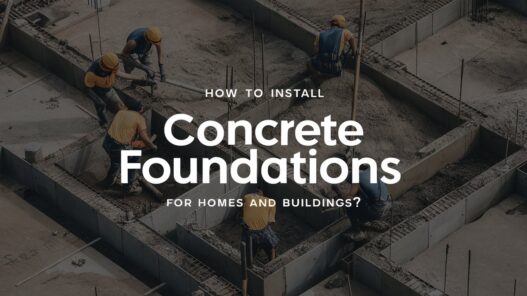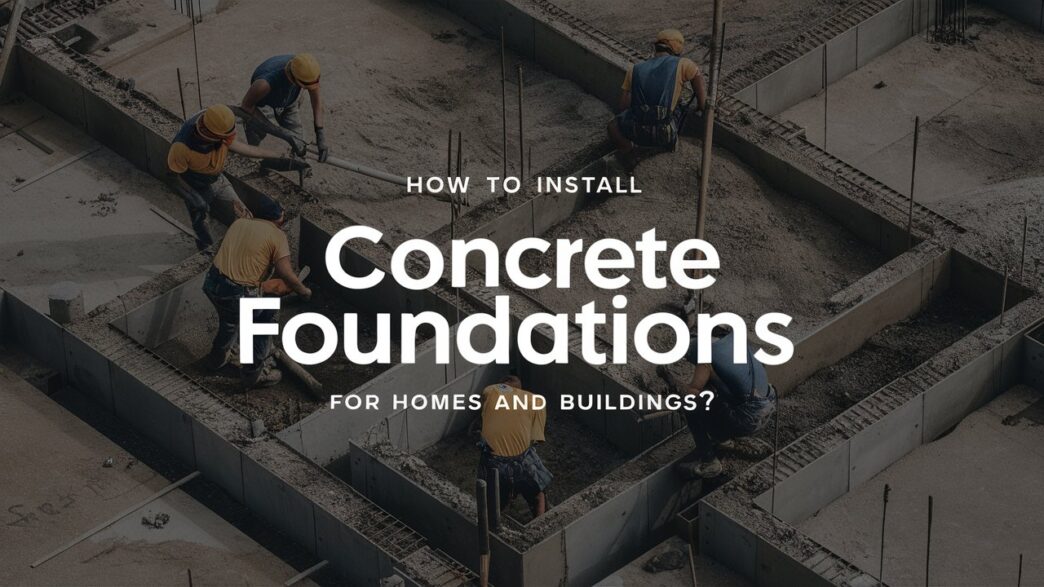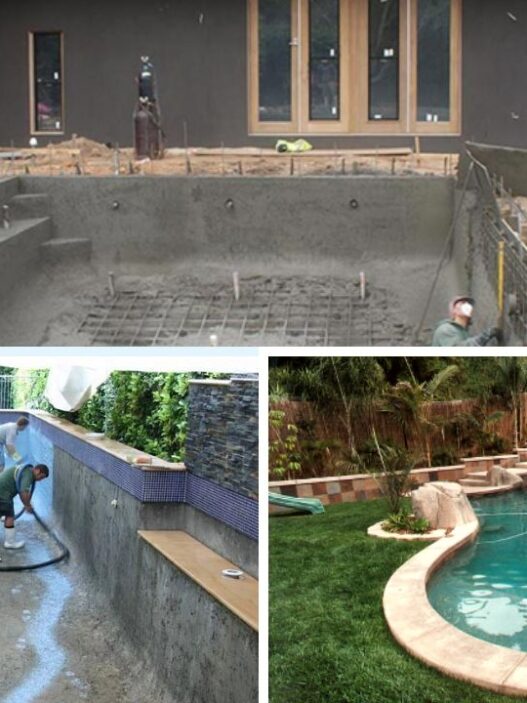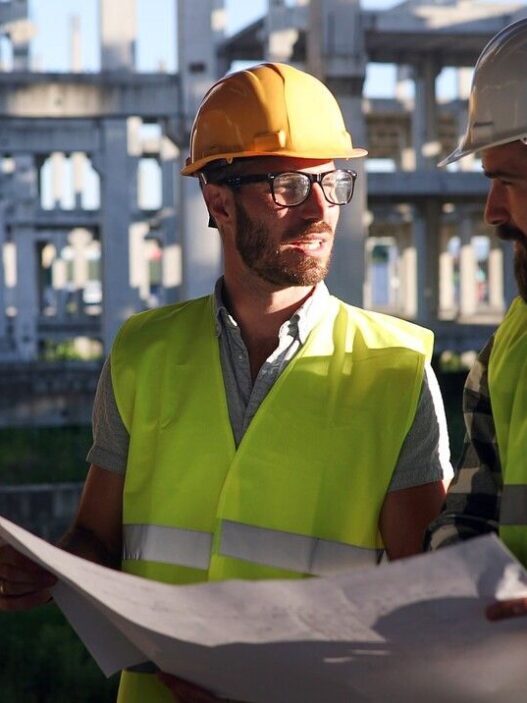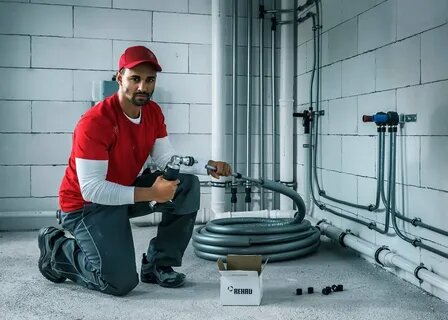The foundation installation process stands as the cornerstone of construction excellence, determining the fate of every structure it supports. This critical phase demands not just technical expertise, but a deep understanding of soil mechanics, structural engineering, and concrete behaviour.
The process begins long before any concrete is poured, with thorough site evaluation and preparation setting the stage for success. Expert construction teams recognise that foundation quality directly influences every subsequent construction phase, from structural integrity to long-term maintenance requirements.
The advent of specialised equipment and services, including concrete line pumping services, has transformed traditional installation methods, enabling more precise material placement and improved quality control. When executed properly, foundation installation creates more than just a structural base – it establishes the framework for construction success and ensures stability, durability, and optimal performance throughout the building’s lifetime.
How to Install Concrete Foundations for Homes and Buildings?
-
Site Preparation and Evaluation
The foundation installation process begins with a thorough site assessment and preparation. A properly prepared site ensures optimal foundation performance and reduces the risk of future structural issues.
Critical preparation elements include:
- Soil Testing: Conduct comprehensive soil analysis to determine bearing capacity and potential drainage issues. This analysis guides foundation design and helps identify necessary soil improvements.
- Site Clearing: Remove all vegetation, organic matter, and debris from the construction area. Complete removal prevents future settling and ensures stable ground conditions.
- Drainage Assessment: Evaluate existing drainage patterns and implement necessary modifications. Proper drainage prevents water accumulation that could compromise foundation integrity.
-
Engineering and Design Considerations
Foundation design requires careful analysis of multiple factors affecting structural stability:
- Load Calculations: Determine total structural loads, including dead loads, live loads, and environmental factors. These calculations influence foundation depth and reinforcement requirements.
- Environmental Factors: Consider local climate conditions, frost depth, and seismic activity. These factors significantly impact foundation design specifications.
- Code Compliance: Ensure designs meet or exceed local building codes and regulations. Professional engineers should verify all design elements before construction begins.
-
Excavation Procedures
Proper excavation creates the physical space for foundation installation while ensuring stable ground conditions:
- Layout Marking: Establish accurate foundation perimeter marking based on construction drawings. The precise layout ensures proper building placement and alignment.
- Excavation Depth: Dig to the specified depth, considering frost line requirements and soil conditions. Maintain consistent depth throughout the excavation area.
- Soil Preparation: Compact exposed soil to required density specifications. Proper compaction prevents future settling issues.
-
Formwork Installation
The formwork phase requires a blend of carpentry skills and engineering knowledge. Forms must be strong enough to contain wet concrete while maintaining precise dimensions and alignment. Professional contractors often employ modular forming systems for larger projects, supplemented by custom-built forms for unique details.
Proper form installation involves multiple stages of checking and adjustment. Surveyors verify form locations while carpenters ensure proper bracing and support. The entire system must work together to resist concrete pressure without deflection. Plus, it is important to keep these tips in mind:
- Material Selection: Choose appropriate form materials based on concrete pressure and surface finish requirements.
- Support Systems: Install adequate bracing and ties to prevent form movement.
- Quality Checks: Verify dimensions, plumbness, and alignment before concrete placement.
-
Reinforcement Placement
Strategic reinforcement placement transforms ordinary concrete into engineered structural elements. Concrete line pump hire services facilitate precise concrete placement around complex reinforcement configurations. This phase demands careful coordination between steelworkers and concrete placement crews. Modern placement methods incorporate:
- Systematic reinforcement inspection protocols
- Coordinated concrete delivery schedules
- Advanced consolidation techniques
The interaction between reinforcement and concrete determines foundation strength. Proper concrete consolidation around reinforcement prevents voids and ensures structural integrity. Experienced crews understand how placement techniques affect final results.
- Concrete Placement Methods
Successful concrete placement requires careful planning and execution:
- Mix Design: Select appropriate concrete mix design based on structural requirements. Work with suppliers to ensure proper strength and workability characteristics.
- Placement Strategy: Plan a concrete placement sequence to maintain a consistent flow.
- Consolidation Techniques: Use proper vibration equipment to eliminate voids and air pockets. Systematic vibration ensures complete concrete consolidation.
-
Curing and Protection
The curing phase represents a critical transition period where concrete develops its designed strength characteristics. During these crucial days, chemical reactions within the concrete continue forming the crystalline structure that provides long-term durability. Furthermore, moisture management during curing requires careful attention to environmental conditions. Construction teams must monitor weather forecasts and adjust protection measures accordingly. For example:
- In hot weather, additional moisture retention measures prevent rapid water loss that could compromise strength development.
- Cold weather demands different approaches, often including insulation and temperature monitoring systems.
Essential curing protocols include:
- Moisture Retention Systems: Select appropriate curing methods based on environmental conditions and concrete specifications. This might include water ponding, wet burlap, or specialised curing compounds.
- Environmental Monitoring: Implement regular temperature and moisture monitoring throughout the curing period. Document conditions and any corrective actions taken.
- Protection Verification: Conduct regular inspections of curing protection systems to ensure continuous effectiveness. Address any deficiencies immediately to maintain optimal curing conditions.
-
Quality Control Measures
Implementing comprehensive quality control ensures foundation installation meets specifications:
- Testing Programs: Establish concrete testing schedules including slump, air content, and strength tests. Regular testing verifies concrete quality.
- Inspection Points: Define critical inspection points throughout the installation process. Document inspections and address any deficiencies promptly.
- Documentation Requirements: Maintain detailed records of all construction activities. Proper documentation supports quality verification and future reference.
Foundation Types and Special Considerations
Different foundation types require specific installation approaches:
Slab-on-Grade:
- Install proper vapour barriers and insulation
- Ensure adequate subgrade preparation
- Plan for utilities and penetrations
Basement Foundations:
- Consider waterproofing requirements
- Install proper drainage systems
- Account for wall thickness variations
Deep Foundations:
- Implement specialised installation equipment
- Follow precise installation sequences
- Monitor installation parameters
Safety Protocols
Safety remains paramount throughout foundation installation:
- Personnel Protection: Provide and enforce the use of appropriate safety equipment. Train workers on specific safety requirements.
- Site Safety: Maintain safe access routes and working conditions. Implement appropriate barriers and warning systems.
- Emergency Procedures: Establish clear emergency response protocols. Ensure all workers understand emergency procedures.
The Bottom Line
Proper foundation installation forms the literal base for construction success, making it essential to invest appropriate time and resources in this critical phase. The integration of modern equipment and techniques, including strategic use of concrete pumping services, enhances installation efficiency and quality. Quality foundation installation represents an investment in the structure’s future, providing the stable base necessary for all subsequent construction activities.
